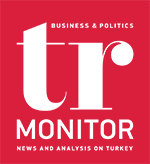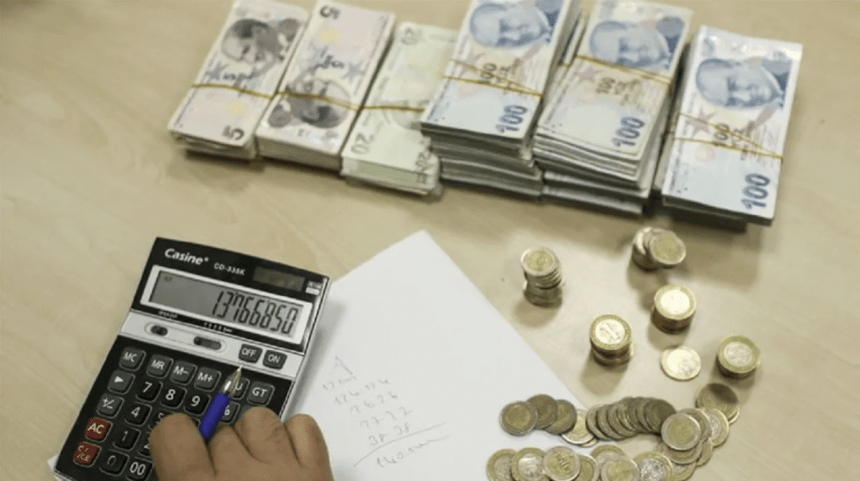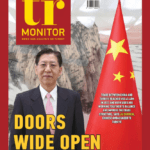While the Central Bank and the economic administration continue their policies to increase TRY savings and exit from foreign currency protected deposits, TRY deposit interest rates and deposit volume are below the desired levels.
Increase in TRY deposits slowing down
The rate of increase in TRY deposits excluding FX-protected deposits, which was 11.6 percent in December, remained at 2.5 percent in the first three weeks of January.
According to the data of the Banking Regulation and Supervision Agency (BDDK), the increase in TRY deposit volume followed a fluctuating course with the new year, while according to Central Bank data, the interest rate on TRY deposits with a maturity of up to 3 months fell below 50 percent for the first time in 6 weeks in the week of January 19. However, while the banking sector’s interest rate on low-value TRY deposits hovers below 40 percent, the Central Bank’s average data show that the interest rates on TRY deposits given to FX-exit-protected deposit accounts are rising.
The first reason for this is the balance sheet effect, which is the same every year: TRY deposit interest rates are raised in December and then start to fall. The second reason is that TRY-denominated FX-protected deposit accounts can no longer be opened with the new year. Since such an option is no longer available, the banking sector switches TRY-denominated FX-protected deposit account returns to TRY deposits with lower interest rates. Therefore, even if savers change banks, they cannot get the interest rate they want from the other bank.
The third reason is the excess TRY liquidity in the market. Although the Central Bank has been withdrawing liquidity from the market through deposit auctions and reverse repos, economists point out that for monetary policy tightening to be effective, there should not be a surplus of liquidity but a high negative rate. According to Central Bank data, net funding after the MPC came to minus TRY 731.88 billion. This points to excess liquidity in the system. It had previously peaked at TRY 400.2 billion on January 3. Excess TRY liquidity also means that banks do not need deposits and do not tend to raise interest rates because they have excess TRY.










